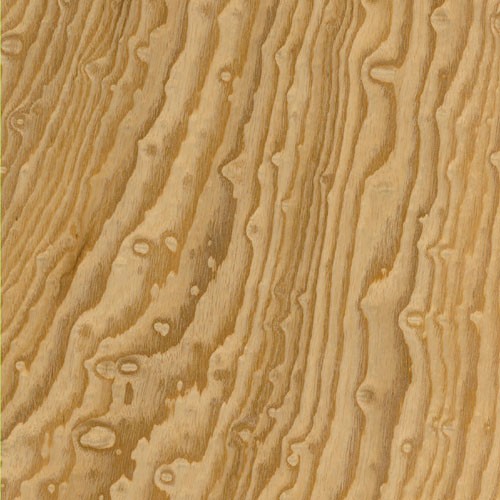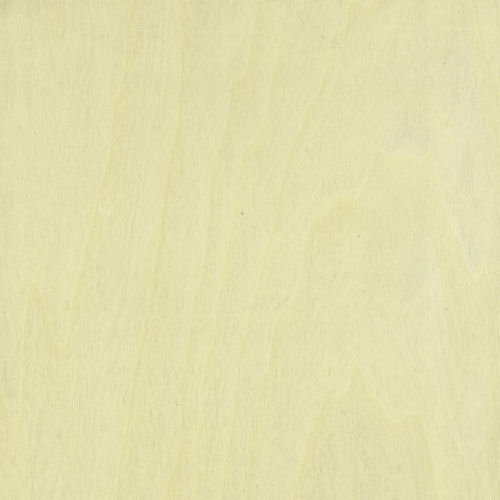Ash Tamo
[Fraxinus mandshurica]
One of the world’s rarest, most beautiful hardwoods, Tamo Ash has been a favorite native species in North Asia and Northeastern Asia for millennia. Especially in Japan, where craftsmen historically reserved the beautiful material for royalty.
Today, the lightweight and durable wood is an important timber source throughout the region. Most especially in Russia and China, where, unfortunately, it’s been harvested so extensively it’s currently in need of conservation management. The good news, though, is that Tamo Ash still grows abundantly in Japan and Korea.
Like many others, the species is known by several names. But not because it grows in different regions, important to different cultures — rather because Fraxinus mandshurica actually produces dramatically different types of wood. When the wood is plain or unfigured, the tree is often called “Japanese Ash” or “Manchurian Ash.” But when the wood produces its famously rare “peanut” figure it’s distinguished by the name “Tamo Ash.”
How some trees develop the wild figuring while others don’t isn’t exactly known. But one theory is that it’s caused by strong vines wrapping themselves around the trunks of some trees, interfering with the flow of nutrients, which in turn causes the tree to grow in an uneven, stop-and-go manner.
No matter how Tamo Ash becomes Tamo Ash, it is truly, uniquely beautiful. The heartwood is a light to medium brown color, while the sapwood, which can be very wide, tends to be light brown or beige. Its extraordinary grain is renowned for its quilt-like, sometimes swirling “peanut” figuring. And it has a coarse, uneven texture.
All of which makes Tamo Ash the perfect choice for anything you want to infuse with instant room-stopping eye appeal — from wood veneer sheets and custom plywood to fine furniture, boardroom tables, boatbuilding, and musical instruments like drum shells and guitars.
Species Distribution:
North Asia
Northeastern Asia
China
Korea
Japan
Russia
Common / Alternative Names:
Japanese Ash
Manchurian Ash
Janka Hardness:
1,010 lbf
Sustainability Status:
CITES Appendices: Not listed
IUCN Red List of Threatened Species: Not listed
Related Species:
Black Ash (Fraxinus nigra)
Blue Ash (Fraxinus quadrangulata)
European Ash (Fraxinus excelsior)
Oregon Ash (Fraxinus latifolia)
Pumpkin Ash (Fraxinus profunda)
White Ash (Fraxinus americana)
Olive Ash
Swamp Ash









